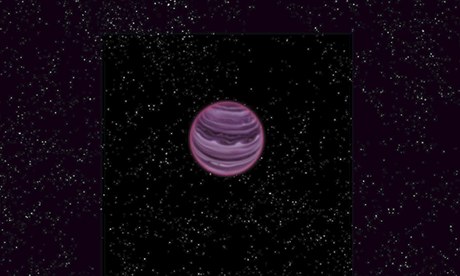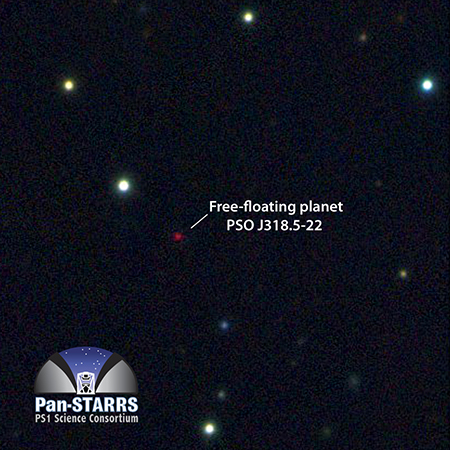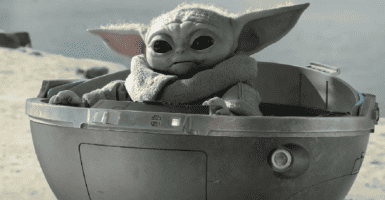Lonely Planet Floats Around Space Without A Star
This article is more than 2 years old
 If you’ve seen Gravity then you know that when an open water scenario is set in space, it’s far more beautiful, and far more terrifying. When the two characters, played by George Clooney and Sandra Bullock, become separated, I could barely breathe. The loneliness of that situation was almost too much to handle, even in the fictitious realm of cinema. There isn’t anything lonelier than floating around space, powerless to control your own movements, unable to talk to anyone, without hope of rescue. So I’m feeling for PSO J318.5-22, the planet recently discovered floating around the depths of space without a host star, with no ISS or Tiangong in sight.
If you’ve seen Gravity then you know that when an open water scenario is set in space, it’s far more beautiful, and far more terrifying. When the two characters, played by George Clooney and Sandra Bullock, become separated, I could barely breathe. The loneliness of that situation was almost too much to handle, even in the fictitious realm of cinema. There isn’t anything lonelier than floating around space, powerless to control your own movements, unable to talk to anyone, without hope of rescue. So I’m feeling for PSO J318.5-22, the planet recently discovered floating around the depths of space without a host star, with no ISS or Tiangong in sight.
Hell, the planet’s name is PSO J318.5-22. I mean, it’s already alone, so I guess no one really has had occasion to call it by name (until now), but come on—can’t we help it out a little by giving it a snappier moniker? I’m going to refer to it as “Hermie,” so as to make it cute and familiar while reinforcing its loner status. Hermie lives about 80 light years from Earth, so unfortunately, it doesn’t seem likely to become friends with our home planet. It’s six times larger than Jupiter, our biggest neighbor, and at only 12 million years old, is something of an infant, planetarily speaking.
Hermie is a gas giant, which means it shares characteristics with planets like Jupiter, namely that it isn’t comprised of rock or solid matter, but contains huge quantities of hydrogen and helium. Gas giants outside of our solar system, also known as Hot Jupiters, are usualy incredibly hot, given their close proximity to their parent star. But Hermie likes to do its own thing, so while it seems like the other young planets out there, it’s actually free floating and is the first solitary planet of its type identified in space.

Hermie was discovered by scientists at the Institute for Astronomy at the University of Hawaii at Manoa during a search for brown dwarf stars. The team employed a telescope with a special camera commonly used to detect subtle brown dwarf signatures, which is how they found the planet, which appeared bright red on their instruments.
Hermie provides a unique opportunity for the study of gas giants. Usually, planets in close proximity to a parent star are tough to get a look at, because all the light from the star tends to wash out a planet’s features. Hermie also will give researchers a glimpse at how a free-floating planet might form. Scientists think these planets might evolve like stars, comprised of interstellar gas under the influence of gravity. Another theory is that these planets were once part of a system, but were kicked out, probably by something like a collision. Hermie might be alone, but given its astronomical importance, it won’t go unnoticed. No one puts Hermie in the corner.












